While most modern homes in the United States are big by global standards, there's no standard when it comes to the rooms within. It's not unusual for a newly constructed house to boast a cavernous great room alongside a kitchen more properly proportioned for a cozy Cape Cod. Finding balance (and warding off claustrophobia) is all about tricking the eye into perceiving more space.
Adjustments to scale, color, movement and light can make small rooms like galley kitchens, sloped ceiling bedrooms or even outdoor spaces look and feel more open and airy – not to mention more welcoming. In some cases, you're creating more breathing room with careful curation of furnishing and accessories. But in many others, the goal is actually to create the illusion of horizontal and vertical square footage that just isn't there.
Here are some of the simplest interior design tips that can make your home seem bigger when adding square footage isn't an option.
1. Go Bright with Walls
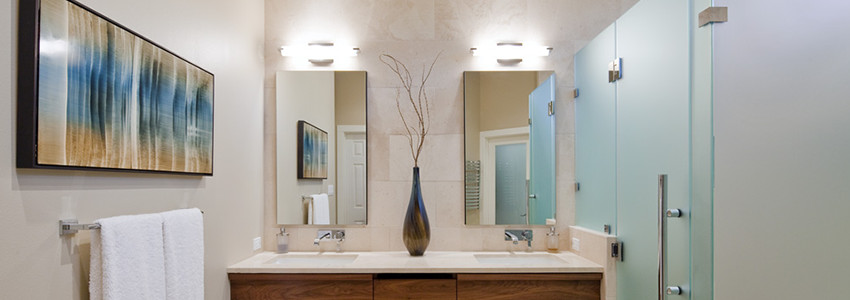
Darker wall colors tend to have an oppressive effect, making small spaces feel even smaller. Lighter, brighter wall colors make a space look more expansive – especially when a simple color palette is consistently used throughout a home. That said, avoid sterile stark whites and opt for whites that have a hint of tint. You can enhance the effect of bright walls with dark floors and a pure white ceiling.
2. Create Free Space
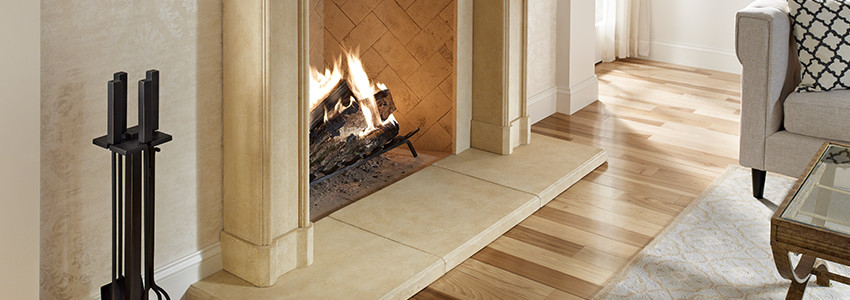
One thing that makes larger rooms feel expansive is the very existence of empty space between furnishings, accessories and art. Free space can do the same in small rooms. Editing and experimentation are the keys to eliminating visual clutter. Be strict and intentional when it comes to pieces and patterns. Aim to leave 10% of wall and floor footage empty indoors, and clear vegetation to make outdoor spaces seem more spacious.
3. Don't Think Small
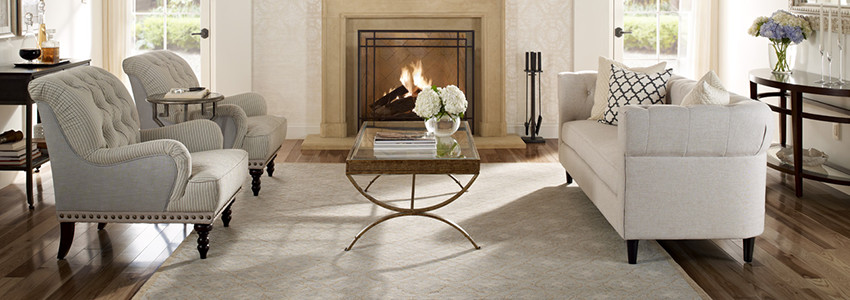
Your natural inclination may simply be to scale décor down so as not to overwhelm small spaces, but a single statement piece like an oversized sectional can keep a room feeling uncluttered. That's because bigger seating and surfaces can stand in for multiple pieces that would look chaotic as a group. And for accessories, remember the cantaloupe rule – objects d'art smaller than the fruit tend to look crowded whereas larger pieces appear to take up less space.
4. Let in the Light
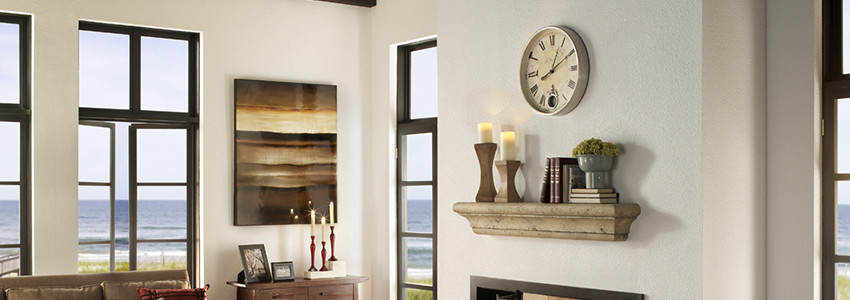
Dark spaces, be they tiny or enormous, feel diminutive and oppressive. Have at least three man-made light sources in every area of your home – preferably set lower all around the room versus in the center of the ceiling. Ditch heavy drapes in favor of light, gauzy curtains or for the brave, no window treatments at all.
5. Get Tricky with Décor
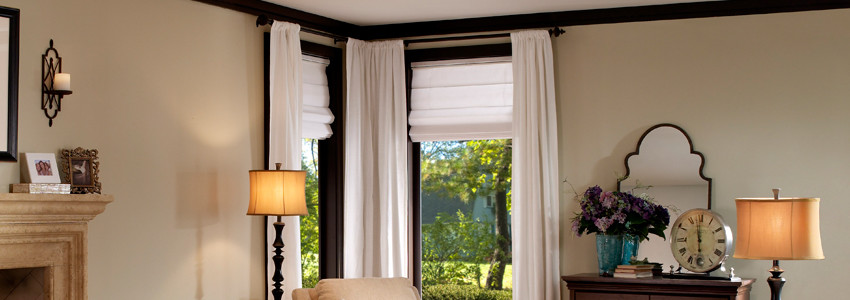
A thoughtfully placed mirror can add depth and size to a miniscule living room. Likewise, a white shower curtain hung ceiling height emphasizes vertical space in a bathroom with a tiny horizontal footprint. Make small spaces feel more luxurious with things like leggy, low-profile furniture, built-ins, glass or acrylic tables and other pieces designed to fool the eye.
Remember, space is a feeling not a set of measurements. Open space and plenty of light can make a tiny room feel deliciously large.Related Categories
Sarah Lograsso
As Director of Marketing and Portfolio Management, Sarah has successfully coupled her design talents with business acumen to refresh, refine and distinctly position five standout brands in the North American market and abroad. She continues to provide design direction for the brands’ variety of best-selling modern profiles and trend-forward color palettes while enhancing the prestige of the category among masons, builders, designers, architects and consumers.



Let Us Know What You Thought about this Post.
Put your Comment Below.